When I noticed in our schedule that we would be taking a tour of a plantation, I did not know what to expect. I have visited Mount Vernon twice – once when I was in elementary school with my parents and the other time with my fellow classmates on my eighth grade Washington DC trip. I went because I was told it is a “historical landmark” and that it was the estate that belonged to the first President of the United States of America. Although its history of being a plantation is not completely ignored, it’s put on the back burner while the life and legacy of George Washington is what attracts tourists to come visit. The word “plantation” isn’t even in the official name, it’s just “Mount Vernon.” Even though I have taken multiple tours there, I think I was too young to truly process what a plantation even was and what that implied. My memory is a bit fuzzy, but I barely remember hearing about the lives and treatment of enslaved people at Mount Vernon. It would be interesting to go back today and see if I am mistaken or if it has changed. When learning about the Whitney Plantation during the days leading up to our visit, the thing that shocked me the most is that it is considered to be the first plantation museum that focuses entirely on the lives of the enslaved, and it has only been open for ten years. Unsurprisingly, other plantation museums in the South eerily remind me of Mount Vernon in the sense that they choose to focus on the wealthy White owners, their estates, and what was grown/produced there. A quick side note, but I was totally taken aback when I heard about “plantation weddings.” Yeah, my jaw dropped at the insensitivity too. It is honestly disappointing that in the year of 2024, some still choose to ignore the appalling sides of history. However, it is especially important to remember such histories in order to learn and prevent these horrors from happening again.
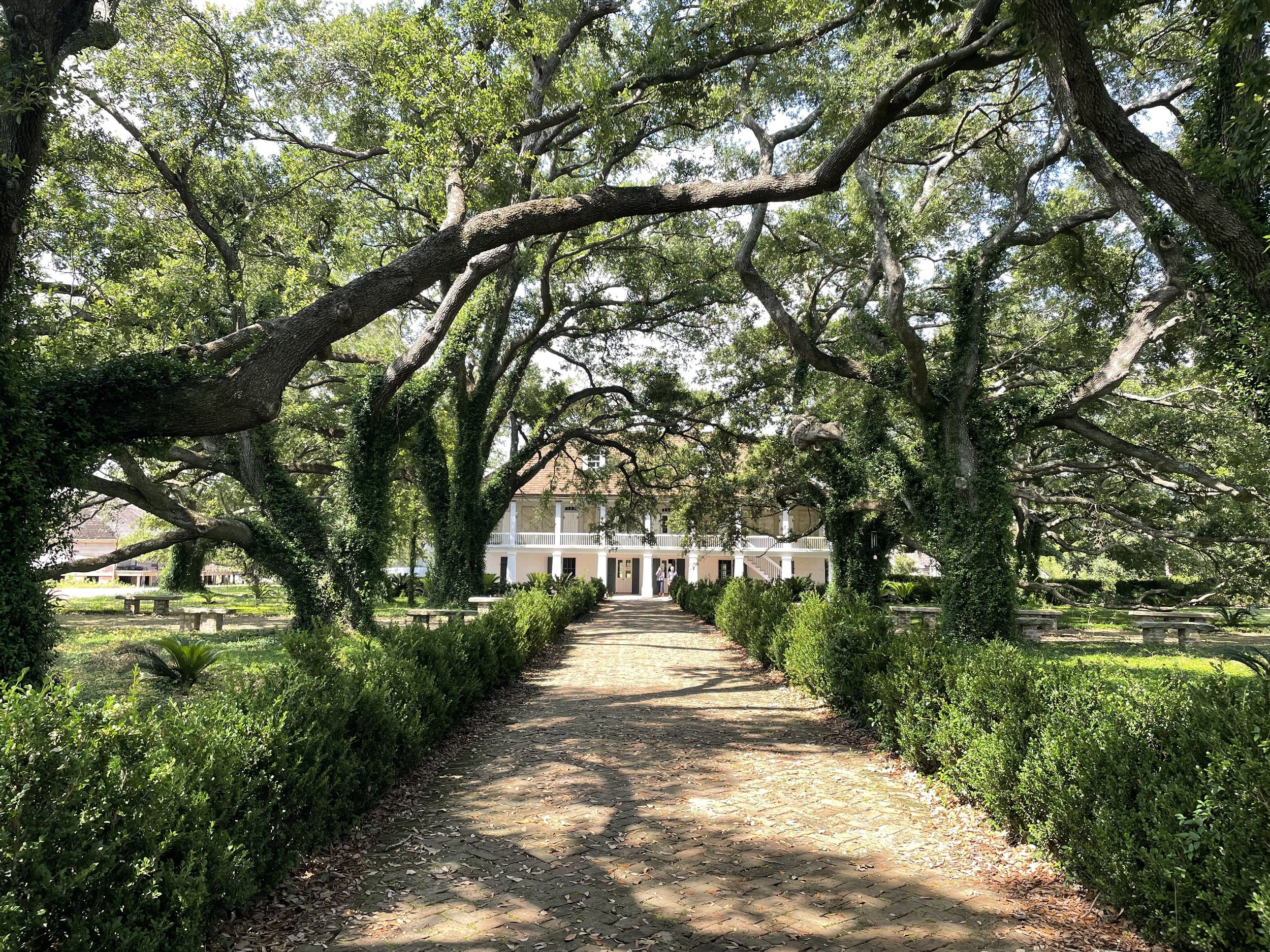
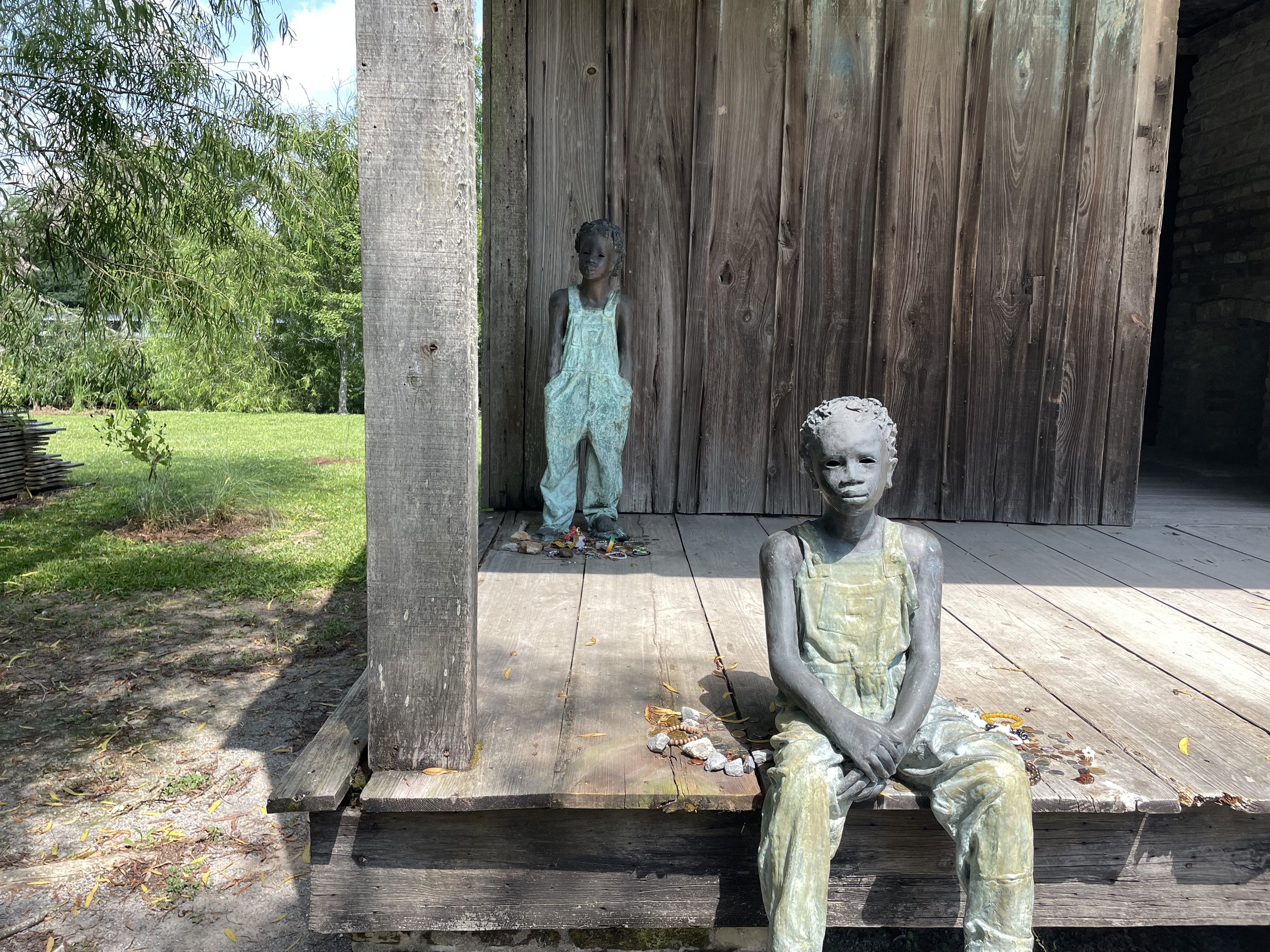
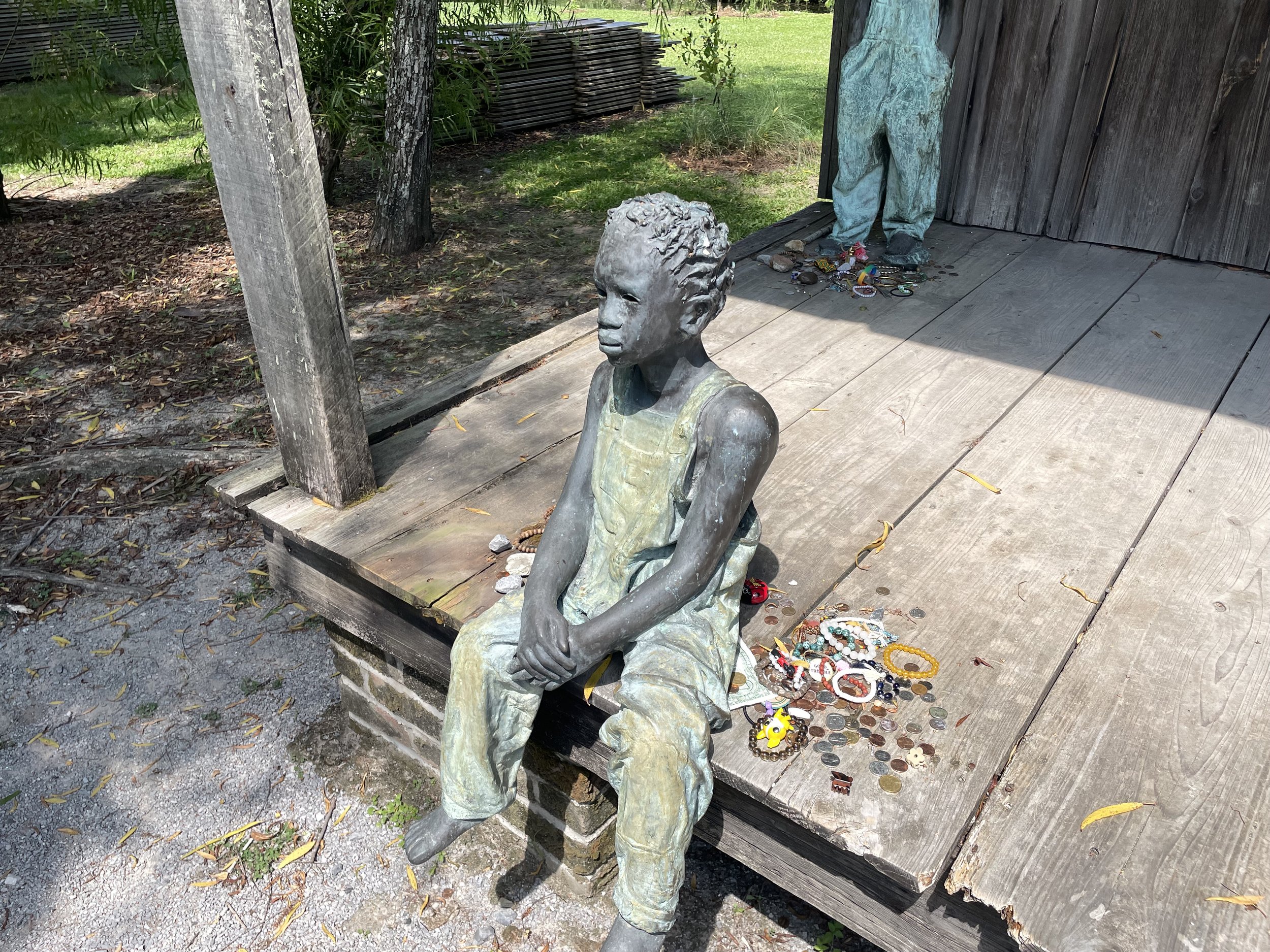
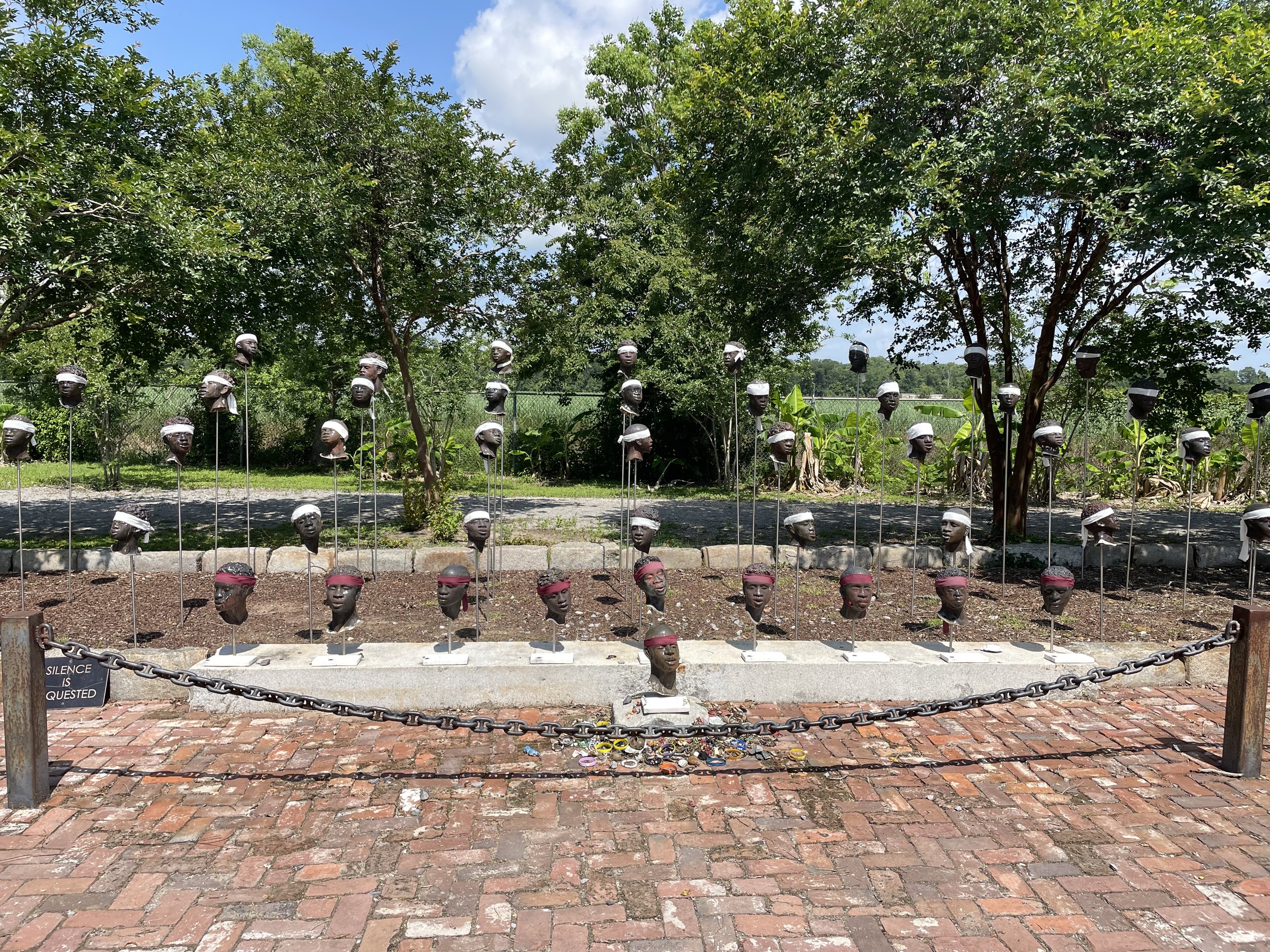
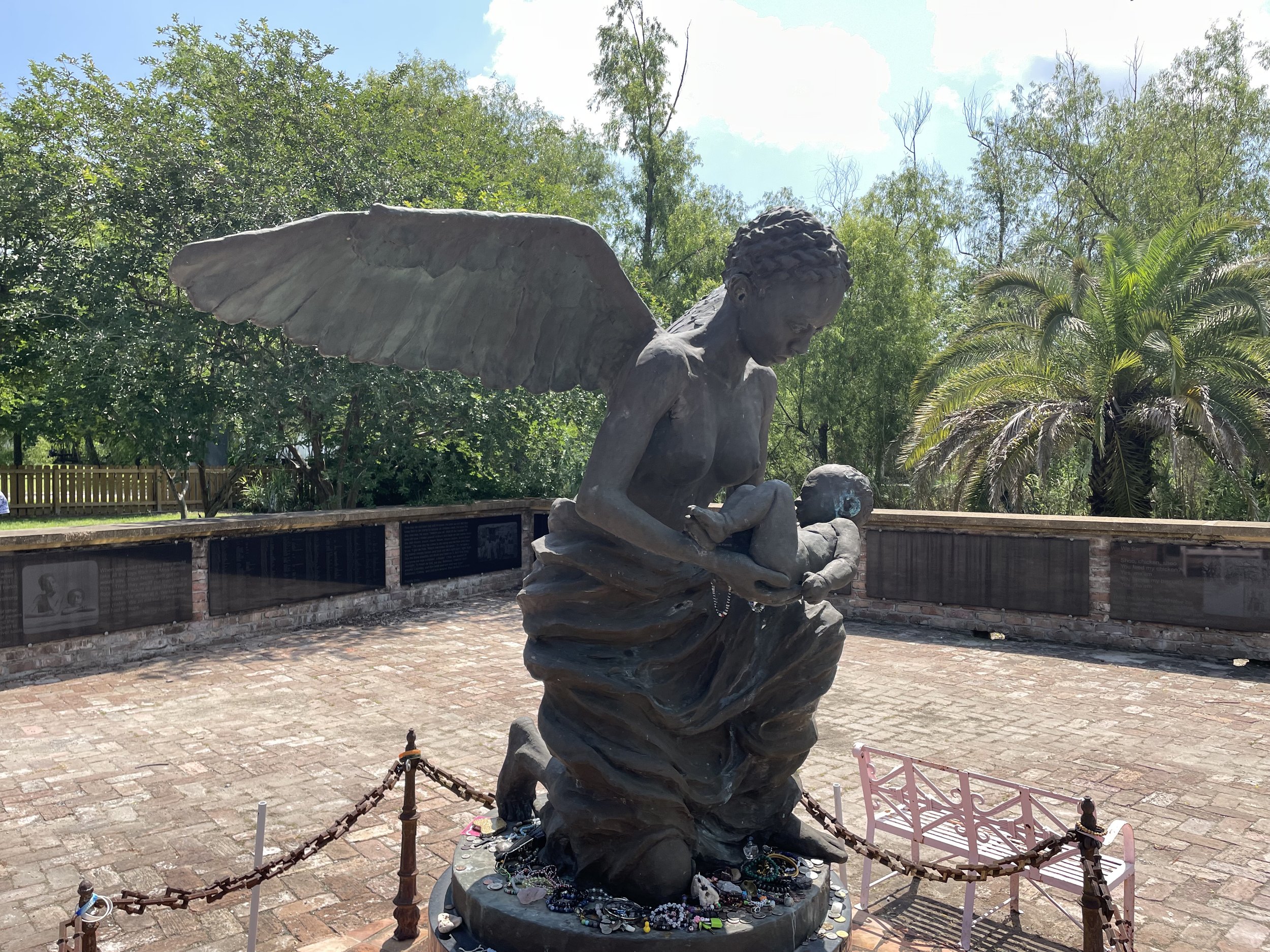
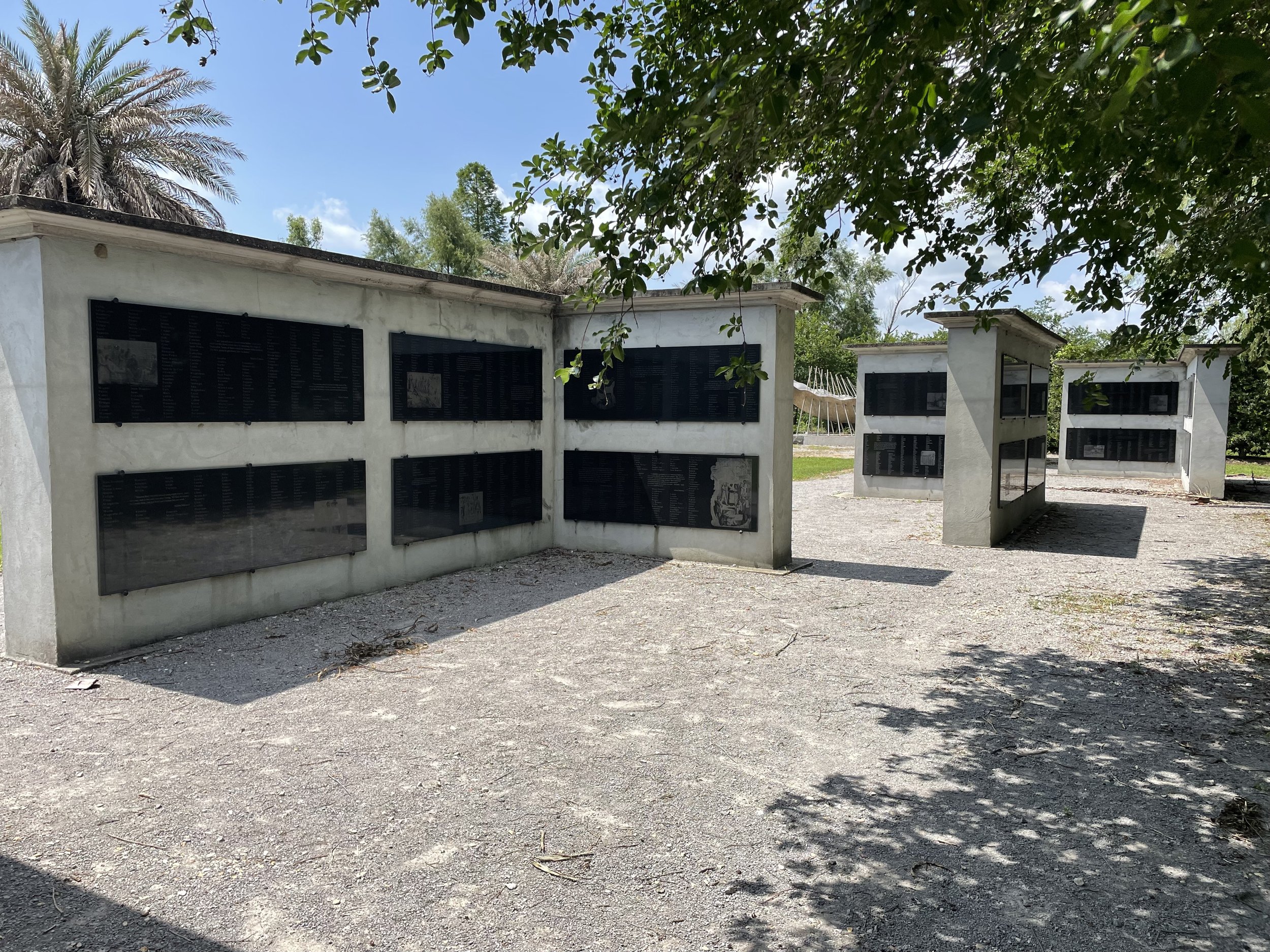

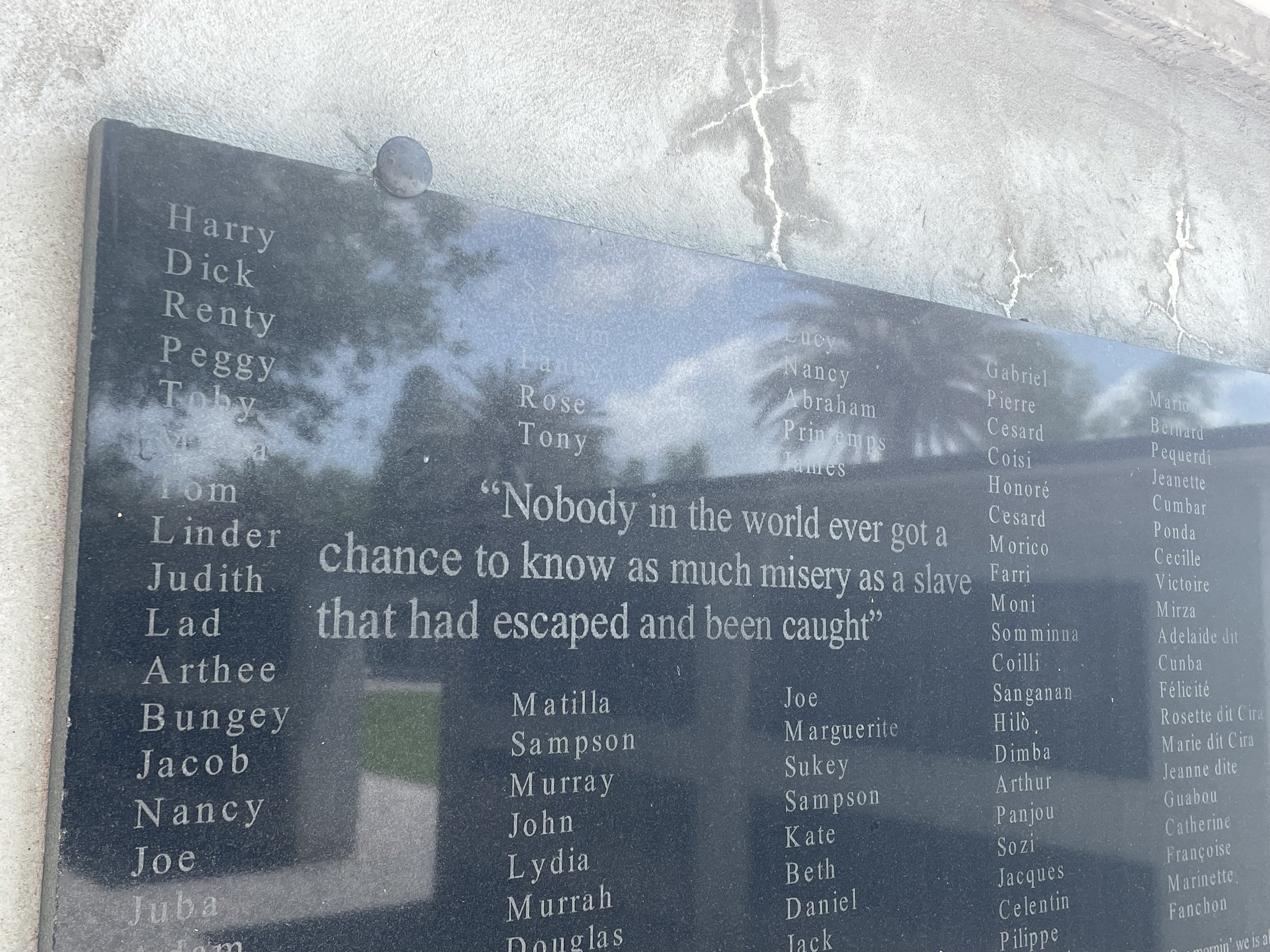
I will be honest when I say that walking around the Whitney Plantation felt strange. I did not want to think about if I was standing in the same spot someone suffered or even died. It is gruesome to think about, but the thoughts were hard to ignore. We took a self-guided tour which was very informative and offered an immersive experience that unraveled slavery at the Whitney Plantation and its impact on American history. As I was on the tour, I took in my surroundings. Fields of green grass, pathways lined with live oaks, little pockets of water, and diverse wildlife almost distracts you from the purpose of your visit. It is hard to appreciate the naturalistic beauties of a place like this when its history is tied to enslavement. In general, the tour presented me with fresh perspectives from groups of people whose stories would have otherwise been lost to the past. In my opinion, the Whitney Plantation does an amazing job of humanizing the countless lives that endured each day they were there. Whether it was from the audio guide or from the memorials, I liked the inclusion of direct quotes, stories, and testimonies from the enslaved people who lived there since it added a lot to the experience because there is no better source than first-hand accounts. Even if I did not have prior knowledge of the museum, I would still have picked up on the sense that their main mission is to inform people the truths about slavery. In our interview with one of the employees, one of the stories that stood out to me was that he has seen a person wearing a MAGA hat on the way in and tossing it in the trash on the way out. This was astonishing to hear, I almost could not believe it. It proves how powerful a place like the Whitney Plantation museum is and how it is still very relevant in our world today because it lays down the parts of history America is sometimes scared to confront. And by confronting these realities, imagine how many other people can witness new perspectives and change their own.
““Remembering is a chair that is hard to sit still in.””
This quote by author Sarah M. Broom in her memoir The Yellow House is a perfect encapsulation about the idea of memory. Good or bad, memory is dynamic in the way that it often brings up emotions, making it a challenge to “sit still” with them. This quote from Sarah is a reflection on the memories in her own personal life, but its message is applicable to the memory of slavery. With history as complex as slavery in America, there are an innumerable amount of emotions that come to mind: anger, resentment, shame, guilt, grief, admiration, compassion, etc. From a historical standpoint, it is crucial to have a deep understanding of slavery not only to refrain from repeating the mistakes of the past, but also to understand current political and social movements in our country. Cultural and familial memory of enslavement is also important. Descendants of enslaved people are the voices for their relatives, and they are able to share their stories in order to preserve the traditions and resilience of their ancestors. These memories also help shape the personal identities and affect the connection these individuals share with their ancestors and how they understand their place in the world.
At the end of our tour at the Whitney, there is a wall in the gift shop that lets visitors express what they thought about the tour. This was my favorite part because I got to go through the candid reactions of people who came there before me. I shared a lot of the same sentiments people wrote down on their sticky notes, but one stood out to me in particular. It read: “I am my ancestors dream.” This sticky note is a powerful display of resilience, hope, and progress, but it also embodies a feeling of pride. The dream of their enslaved ancestors, freedom and a better future for their family succeeding them, has been fulfilled.




